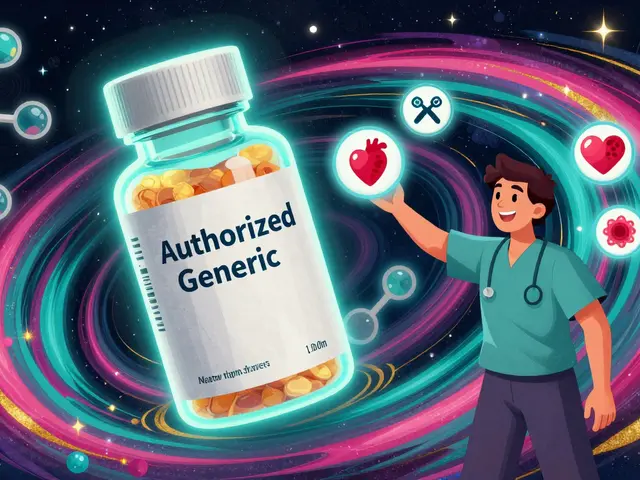Lupus: Practical Guide to Symptoms, Treatment, and Daily Care
If you or someone you care about has been told "you have lupus," that can feel overwhelming. Lupus (systemic lupus erythematosus or SLE) is an autoimmune disease where the immune system attacks healthy tissue. It can affect skin, joints, kidneys, heart, lungs, and brain. The good news: many people live full lives with proper care.
How it shows up varies. Common signs include joint pain, fatigue that won't quit, a butterfly rash across the cheeks, hair loss, mouth sores, and sensitivity to sunlight. Flare-ups come and go. Because symptoms overlap with other conditions, doctors use a mix of symptoms, blood tests (like ANA), and sometimes imaging or biopsy to make a diagnosis.
Treatments that actually help
Treatment depends on which organs are involved and how severe the disease is. For mild cases, doctors often use hydroxychloroquine to lower flare risk and control skin and joint problems. Short courses of low-dose steroids can calm flares quickly. For more serious organ involvement, such as kidney or lung problems, stronger immune-suppressing drugs like mycophenolate, azathioprine, or cyclophosphamide may be used. Biologic drugs like belimumab help some people who don't respond to standard therapy.
Medication side effects matter. Steroids work fast but can cause weight gain, bone thinning, and mood changes if used long-term. Hydroxychloroquine is generally safe but needs regular eye checks. Ask your doctor about risks and how often you should have blood tests and screenings.
Practical habits to feel better
Small daily steps make a big difference. Protect your skin from sun - use a broad-spectrum SPF, wear hats, and choose long sleeves when possible. Pace activity and rest to manage fatigue; use a planner to spread tasks over the day. If you smoke, quitting helps medication work better and lowers heart risk. Talk to your doctor about vaccines - some live vaccines aren't safe if you're on strong immune-suppressing drugs.
Mental health matters. Anxiety and low mood are common. Build a support team: a rheumatologist, primary doctor, possibly a nephrologist if kidneys are involved, and a therapist or support group. Keep a symptom diary so you and your doctor can spot flare patterns and triggers.
Pregnancy needs planning. Many people with lupus can have healthy pregnancies, but you'll need a doctor experienced with lupus to time medications and monitor closely. Also discuss birth control options that are safe for you.
Final tips: keep a current list of medications, get regular blood tests, and ask about steroid-sparing strategies if you've been on prednisone a long time. If a new symptom appears - like sudden shortness of breath, chest pain, or severe leg swelling - seek care right away. Managing lupus is a team effort, and informed choices make daily life easier.
Watch drug interactions. Bring a medication list to every appointment and tell any new provider about herbal supplements. Gentle exercise like walking or swimming helps joints and mood. Focus on a balanced diet with calcium and vitamin D for bone health, especially if you use steroids, and stay sun-safe.
Chlorthalidone and Lupus: What Patients Should Know
As a lupus patient, I recently came across some important information about the potential risks associated with the medication Chlorthalidone. I learned that this diuretic, often prescribed for high blood pressure, has been associated with lupus flares and increased disease activity. It is crucial for us lupus patients to be aware of this connection, as it could impact our overall health management. Always consult with your healthcare provider before starting or stopping any medication, and make sure to discuss the potential risks and benefits. Stay informed and take an active role in your treatment plan to better manage your lupus.





